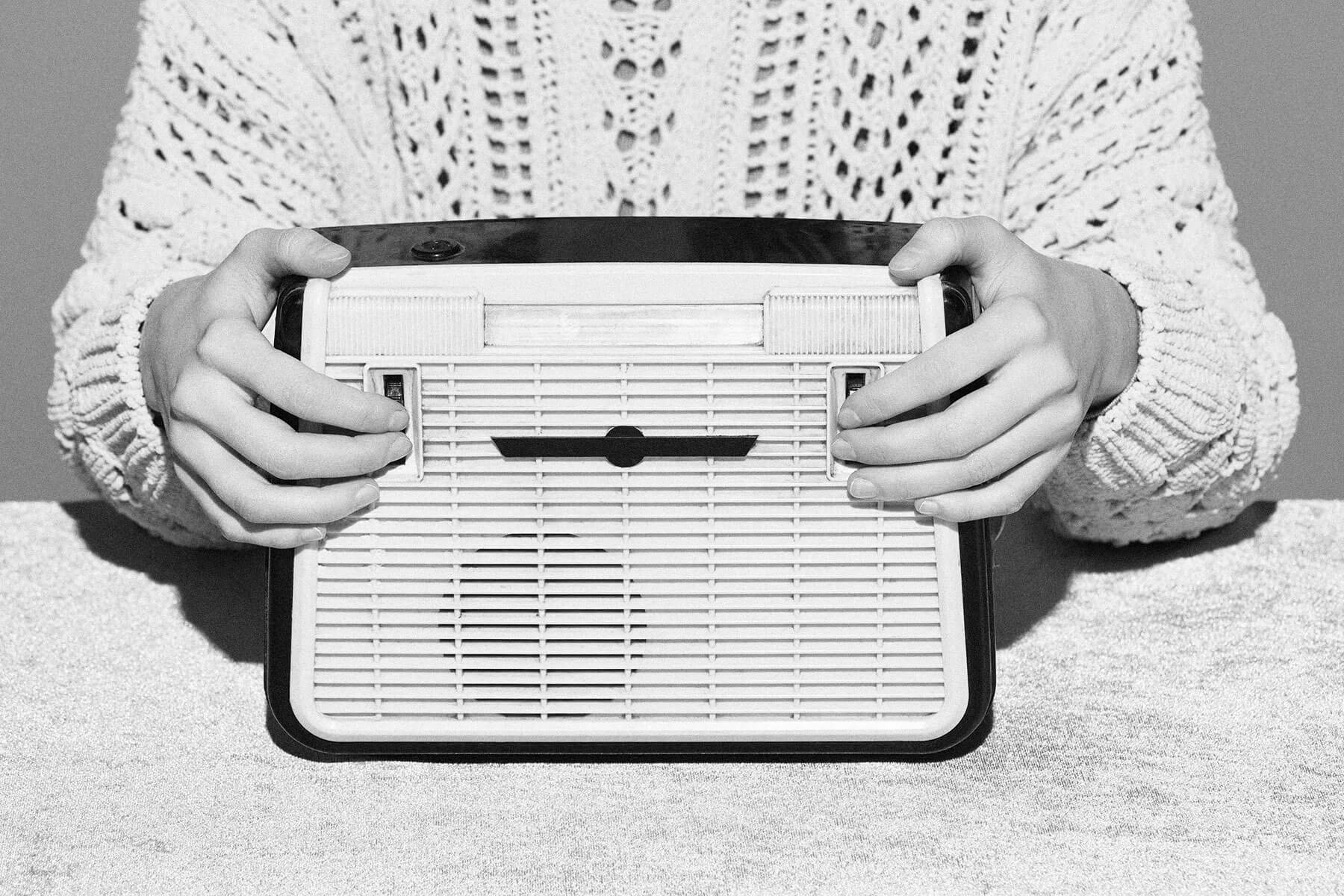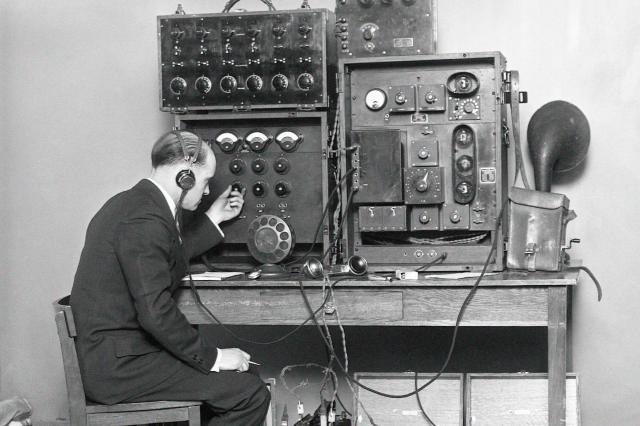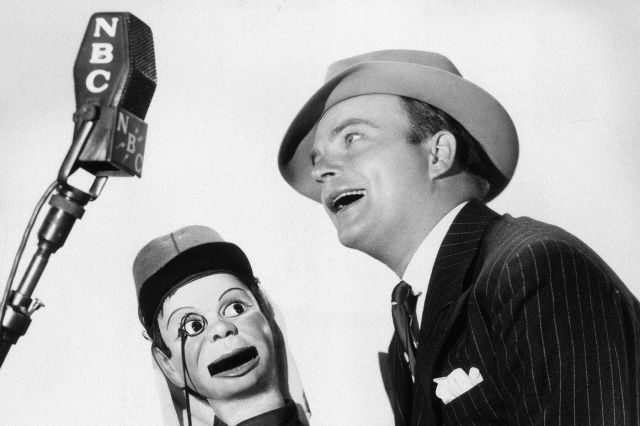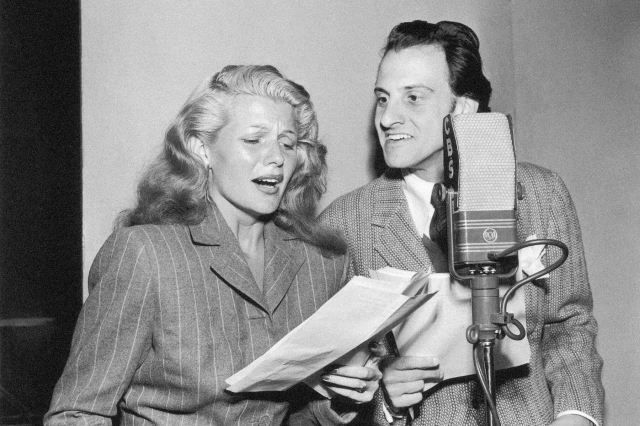5 Facts About the Golden Age of Radio
It’s easy to take for granted today, but the emergence of broadcast radio was a seismic shift in early 20th-century culture. Born out of ship-to-shore wireless telegraph communication at the turn of the 20th century, broadcast radio represented an entirely new pastime by the time it began to mature in the 1920s. The golden age of radio was the period from the 1920s to the 1950s when the medium was at its absolute peak in both program variety and popularity. Radio grew massively during this era: In 1922, Variety reported that the number of radio sets in use had reached 1 million. By 1947, a C.E. Hooper survey estimated that 82% of Americans were radio listeners.
In addition to the music, news, and sports programming that present-day listeners are familiar with, radio during this period included scripted dramas, action-adventure series such as The Lone Ranger, science fiction shows such as Flash Gordon, soap operas, comedies, and live reads of movie scripts. Major film stars including Orson Welles got their start in radio (Welles became a household name in the wake of the infamous panic sparked by his 1938 broadcast of The War of the Worlds), and correspondents such as Edward R. Murrow established the standard for broadcast journalism. President Franklin D. Roosevelt used the medium to regularly give informal talks, referred to as fireside chats, to Americans listening at home. But radio was also largely influenced by advertisers, who sometimes wielded control of programming right down to casting and the actual name of the program, resulting in some awkward-sounding show titles, such as The Fleischmann’s Yeast Hour. The golden age of radio was a combination of highbrow and lowbrow content, offering both enduring cultural touchstones and popular ephemera — much like the television that eclipsed it. Read on for five more facts from this influential era.
You may also like
Recommendations For You
-
01.
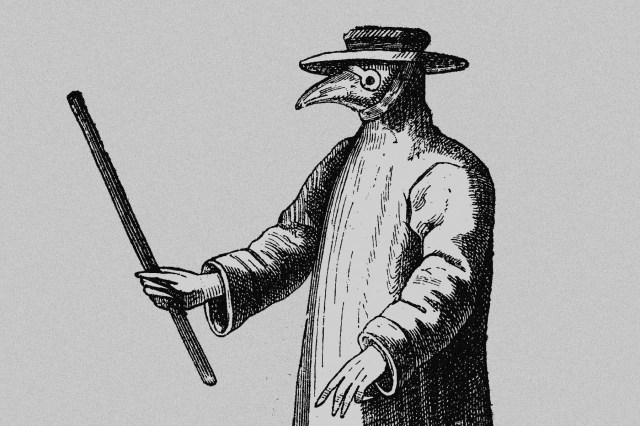 Science & Industry
Science & IndustryWhy Did Doctors Wear Beak Masks During the Bubonic Plague?
-
02.
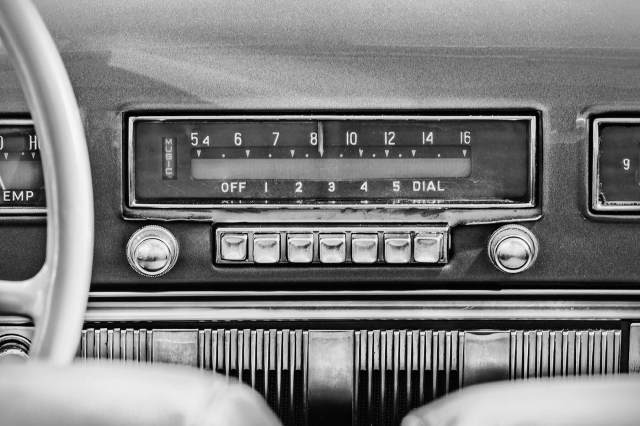 Science & Industry
Science & Industry5 Inventions That Came Out of the Great Depression
-
03.
 Science & Industry
Science & Industry6 Amazing Breakthroughs Made by the Ancient Greeks
-
04.
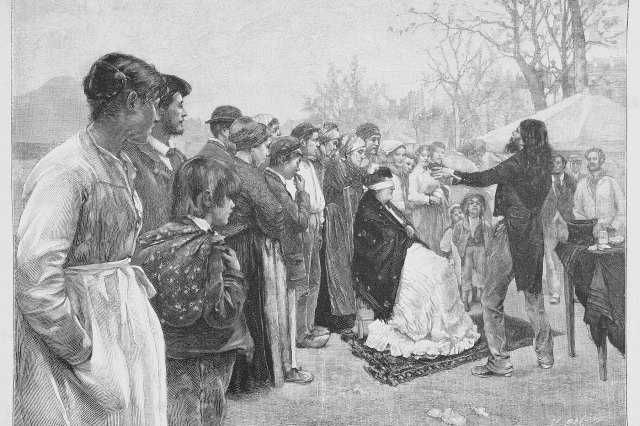 Science & Industry
Science & Industry6 Shocking “Scientific” Beliefs From Victorian England





